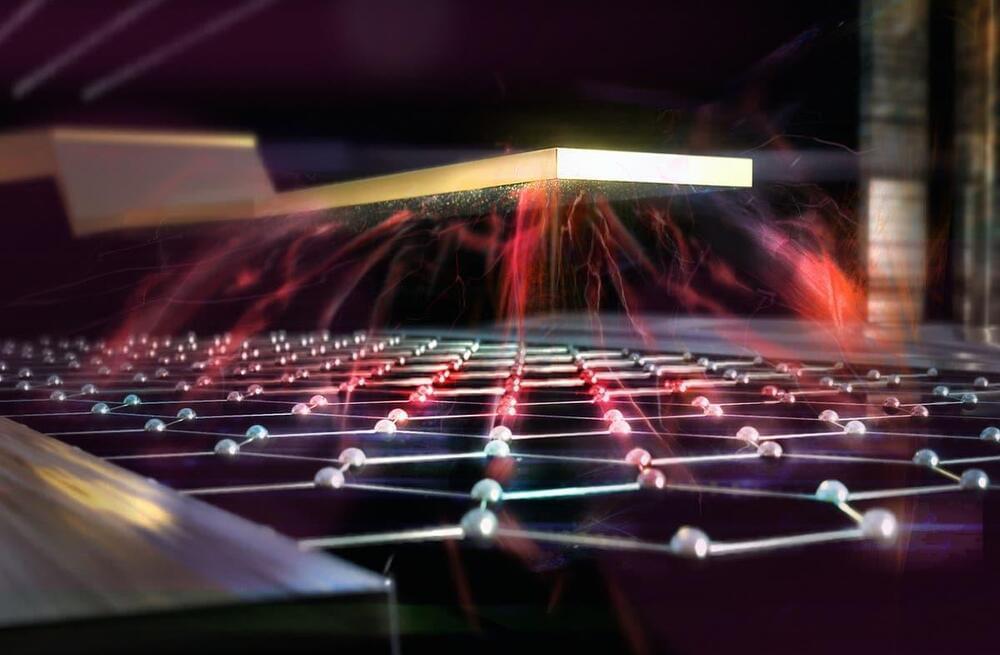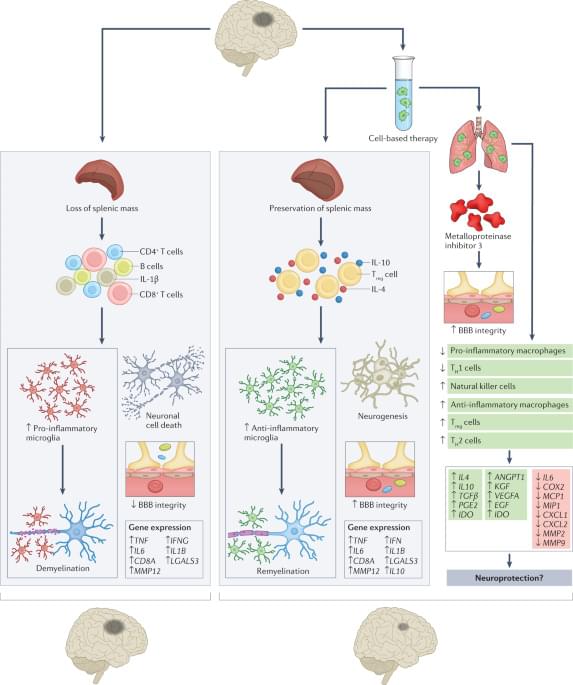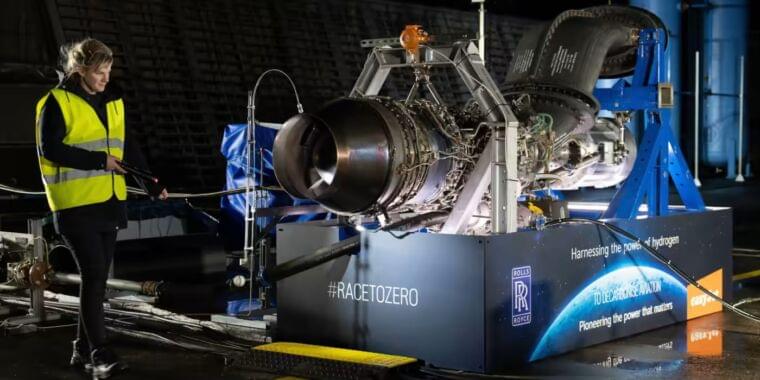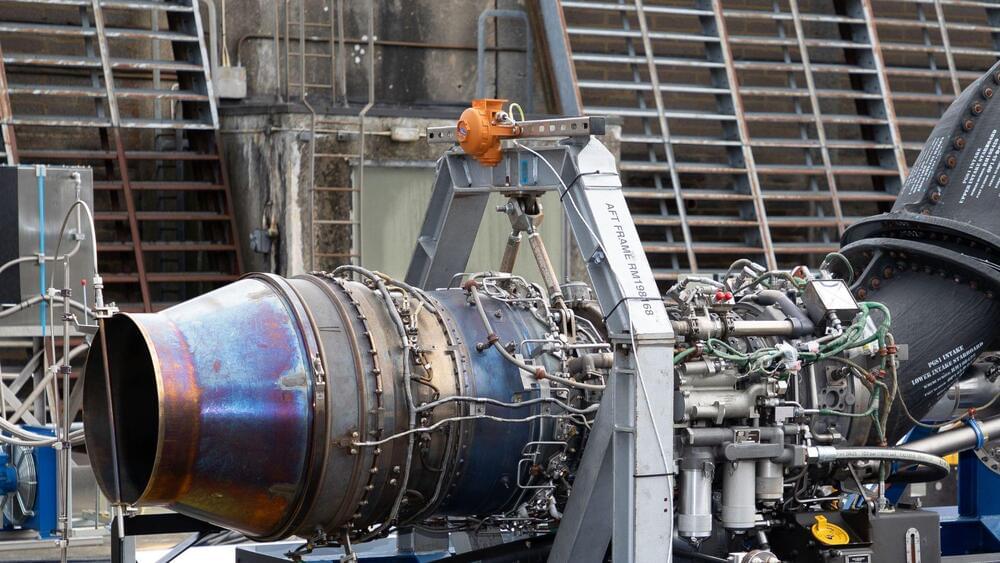UC San Diego nanoengineering professor Shyue Ping Ong described M3GNet as “an AlphaFold for materials”, referring to the breakthrough AI algorithm built by Google’s DeepMind that can predict protein structures.
“Similar to proteins, we need to know the structure of a material to predict its properties,” said Professor Ong.
“We truly believe that the M3GNet architecture is a transformative tool that can greatly expand our ability to explore new material chemistries and structures.”









